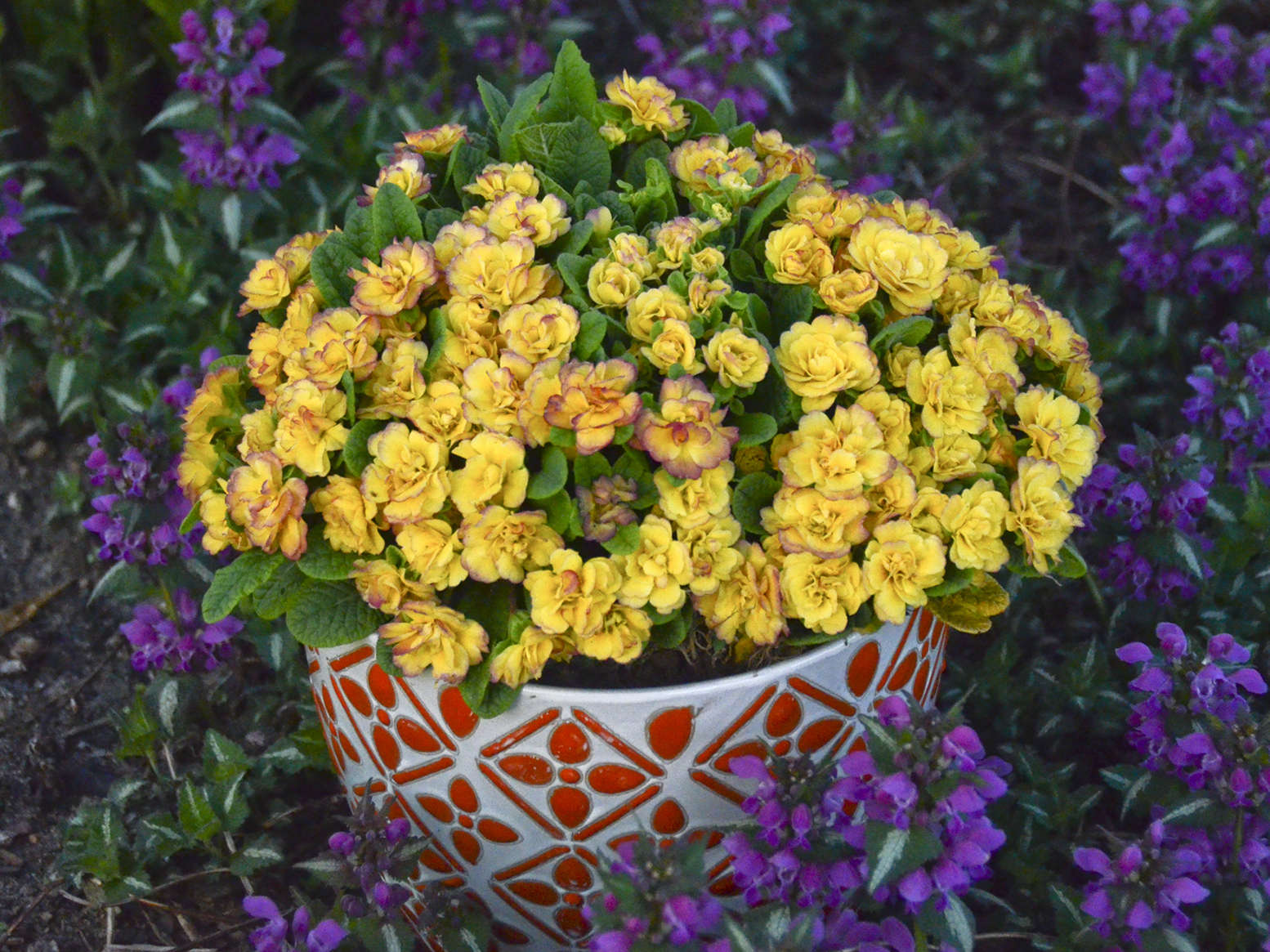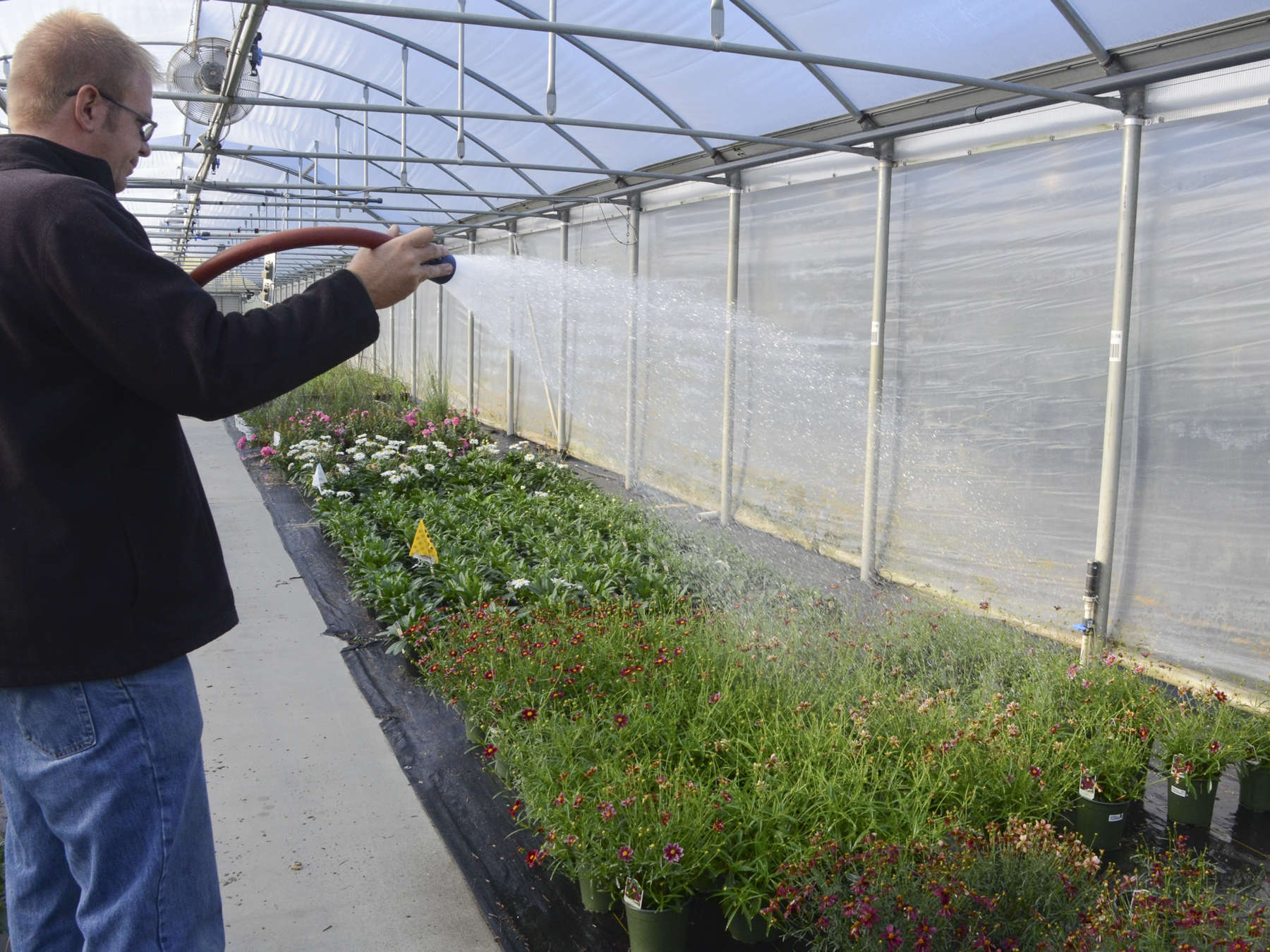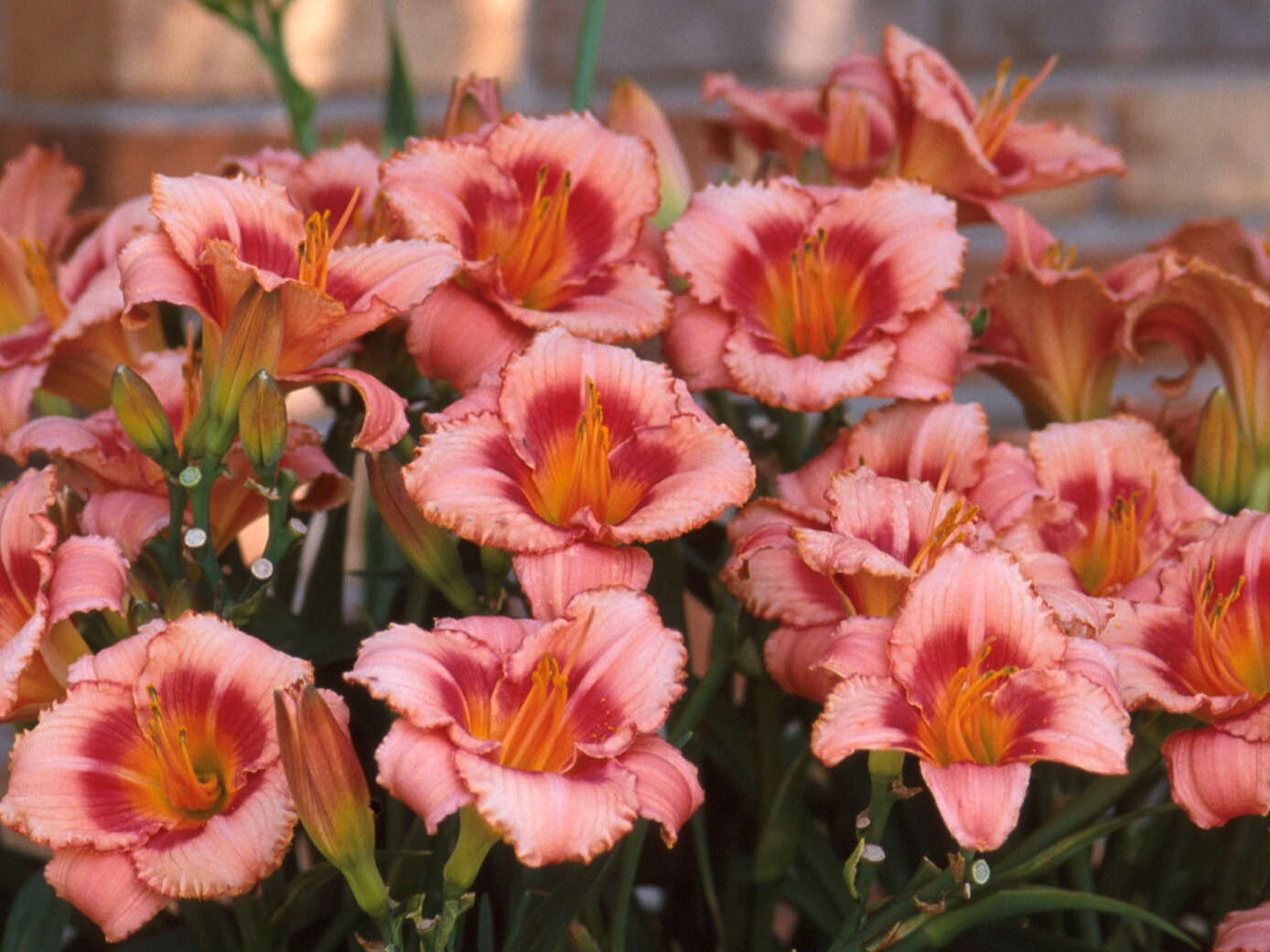How to Grow and Force Belarina® Primulas
02/10/2014
BELARINA® Primulas completely embody the joy and hope that spring offers. Their sizable double blossoms in a rainbow of colors bloom profusely throughout the spring season atop the compact, bright green foliage. Sterile flowers result in plants that are particularly long blooming. Though they are perfectly hardy in the landscape, be sure to plant a few in combination containers and windowsill pots where their gorgeous flowers can be fully appreciated.
Height: 5-8” Spread: 10-12” Zones 4-8 Propagated from tissue culture. Asexual propagation prohibited.
Cultural Guide
Potting and Timing
Start BELARINA® Primulas from a 72ct plug, potting them up in early to mid-fall using 1 plug per 1Qt or 4 ½” deep pot or 5 plugs per 12 inch bowl. Use a well-drained growing media that also has good water holding properties such as a peat/bark/perlite mix with a pH of 5.8-6.2. Plants should take 7-9 weeks to root out and bulk up in their containers before going winter dormant. It is best to grow Primulas entirely indoors to be able to control the growing environment.
Fertility
BELARINA® Primulas are light feeders. Feed them 75-100ppm Nitrogen in a constant liquid feed. They can be sensitive to salts, so be sure to avoid salt levels greater than 4.0 using the pour through method.
Moisture
It is important to keep BELARINA® Primulas moist throughout the growing process. Moderate to moist soil is best. Be sure to irrigate in the morning to allow the dense, rugose foliage to dry by evening. Keep humidity levels low with good airflow through the greenhouse to prevent disease.
Lighting
BELARINA® Primulas initiate flowering under short days (8-10 hours). It is best to bulk plants up in early fall while it is still warm enough for the roots and foliage to fill out the containers fully. No supplemental lighting or shade is needed.
Temperature
When bulking plants up in early fall, provide rooting temperatures of 65-72°F. Colder temperatures will cause the plants to flower too early. Once the plants are finished, hold them in a cold 35-40°F greenhouse until you want to initiate flowering. Though vernalization is not required, you will still need to hold the plants cold to inhibit flowering until you are ready to sell them.
Pests and Diseases
A few pests such as aphids, thrips, spider mites, and slugs can occasionally affect a crop of Primulas. Scout regularly for these pests and treat as needed. Also watch for botrytis and powdery mildew, both of which can be avoided by watering in the morning, keeping humidity levels low, and maintaining good airflow throughout the greenhouse during production.
Finishing Tips
Spacing is very important when growing a crop of BELARINA® Primulas. Provide ample space between each pot to prevent the loss of the lower leaves on each rosette. Do not trim the foliage back before plants flower. They will not re-flush new foliage until they are finished flowering because they are semi-evergreen. The flowering period of BELARINA® Primulas is about two months under normal cool spring conditions.
Forcing Naturally
Since BELARINA® Primulas are one of the first perennials to bloom in spring, many growers allow them to come into flower naturally as their greenhouse temperatures warm to above 45°F. Under such conditions, flowering will initiate in 3-5 weeks. No supplemental lighting is necessary; natural lighting under clear plastic is best.
Forcing for Spring Holidays
BELARINA® Primulas are the perfect plant to force for Valentine’s Day and Easter sales. In northernmost zones, they may even work for Mother’s Day sales. When forcing for spring holidays, the flower quality will be much better if plants are forced at lower temperatures for a slightly longer period than if they are forced under warm temperatures for a shorter period. For best results, force plants at 45-55°F for 3-5 weeks to bring them into bloom. No supplemental lighting is necessary; natural lighting under clear plastic is best.


